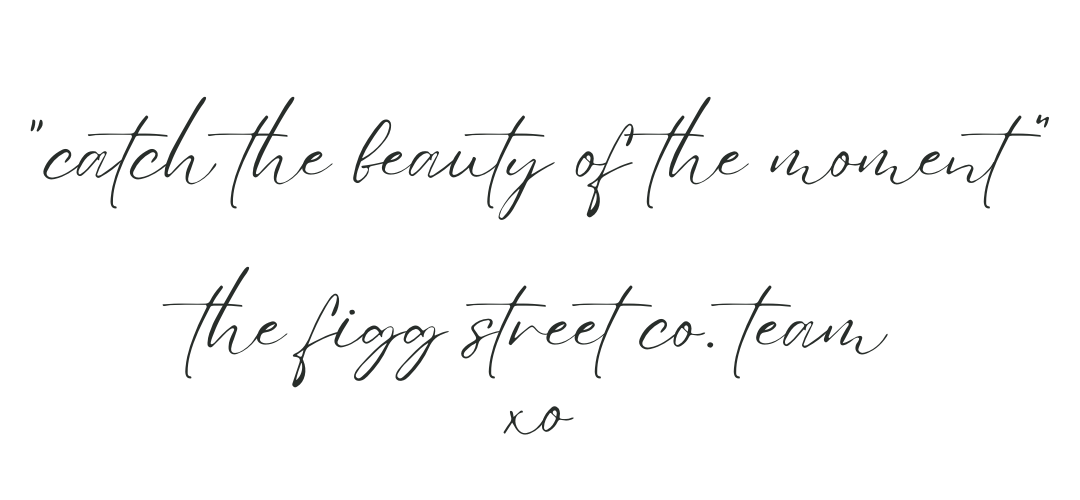Mushrooms are turning up everywhere!
For things that grows in the dark, mushrooms sure have been having their time in the spotlight. Not that they're anything new. They've been around for ages, doing their work quietly and mostly without fanfare.
They've played an integral role in the natural world - for example, exchanging nutrients between tree roots and the soil or aiding the ecosystem by digesting various types of organic matter, among other functions.

We may have first discovered mushrooms outdoors as small children: growing on the side of a large tree, clustered in the lawn, or next to a woodland trail. We may have first seen them as easily on our plate or in a bowl of soup. Or, we may have learned of them through bedtime stories or picture books.
Even in adulthood, mushrooms do have a certain folklore romance about them. They're one of several icons that come to mind when thinking of fairytales and adventure stories. Since there are both edible and poisonous varieties, there's an element of danger to them. They're mysterious, too, since they aren't classified as plants and grow in dark places, including underground.
How many varieties can you name? White button, cremini, enoki, oyster, giant puffball, lion's mane, maitake, shiitake, portobello, black trumpet, chicken of the woods, reishi, chanterelle, porcini... are just a few.
It used to be more common in our grandparents' or great-grandparents' generation to know how to distinguish edible mushrooms from poisonous ones. Especially if you grew up in the countryside and went mushroom picking. This knowledge, which hasn't been much sought after for some time, has recently become more popular.
People have taken an interest in learning how to safely forage for mushrooms. In Ontario, there are several areas that offer guided tours. (General information about local mushrooms can be found through a public health bulletin you can access by clicking here.)

Also, you may have noticed in some restaurants that chefs have been re-discovering the abundance of locally grown mushrooms and the variety available.
Mushrooms have been making a big impact on gardening through the understanding of the role of mycorrhizal fungi. Gardeners now purchase this powdered substance to sprinkle onto the roots of new trees and shrubs, including roses to help them take to the soil.
Of course, many of us have also read about the ongoing scientific research on mushrooms - including psilocybin - for medicinal and therapeutic uses.
The scientific interest in mushrooms has also fuelled their appearance in a variety of art forms.
Mushrooms have been an inspiration to artists and creators of all kinds over the years. From beautiful botanical-type drawings to tales of their magical properties, their colourful, interesting shapes and curious nature makes them a popular subject matter. They've even popped up in the stationery and gift world!

We hope this little look at mushrooms has inspired you to create a new dish with earthy flavours, a woodland artwork, or to take a closer look at the little things growing on the floor of the forest next time you go for a hike.









